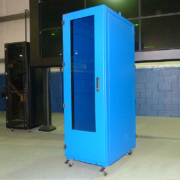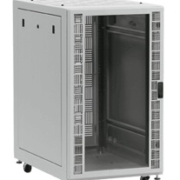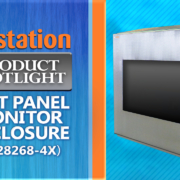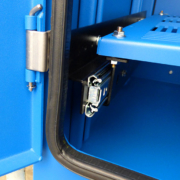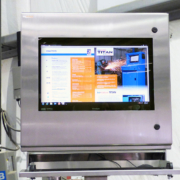Selecting an Electrical Enclosure – Items to Consider
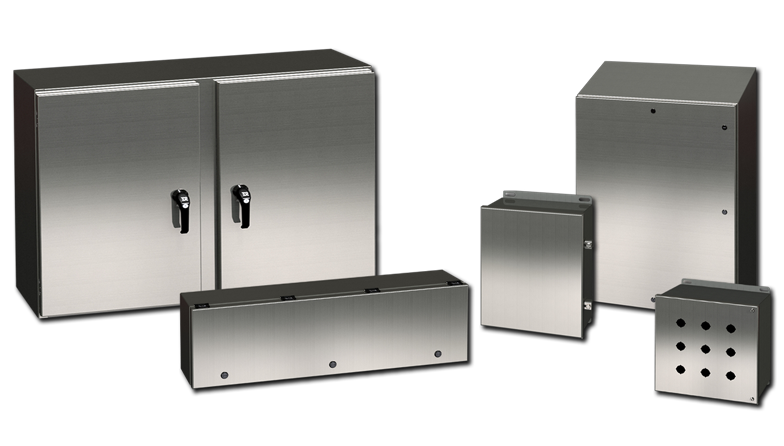 When purchasing a heavy-duty electrical enclosure, performing the proper research will ensure that the installed electronics will be protected for many years. The wrong solution can cause critical components to overheat, contaminants (dust, dirt, fibers, lint) to enter the inside of the enclosure, and electronics to fail. In the long run, these issues will hemorrhage money. When choosing an electrical enclosure, there are several options to consider.
When purchasing a heavy-duty electrical enclosure, performing the proper research will ensure that the installed electronics will be protected for many years. The wrong solution can cause critical components to overheat, contaminants (dust, dirt, fibers, lint) to enter the inside of the enclosure, and electronics to fail. In the long run, these issues will hemorrhage money. When choosing an electrical enclosure, there are several options to consider.
4 important factors to consider for the perfect solution:
1. Environment
Knowing about the overall installation environment is critical to choosing the right enclosure. If the enclosure will be installed near water, dust, dirt, grease, or any type of contaminants, be familiar with the NEMA (or IP) rating that will provide the appropriate level of protection. Excessive heat is also an area of concern. Internal components need to have ample room to ‘breathe’ inside of an electrical enclosure.
2. Electronics
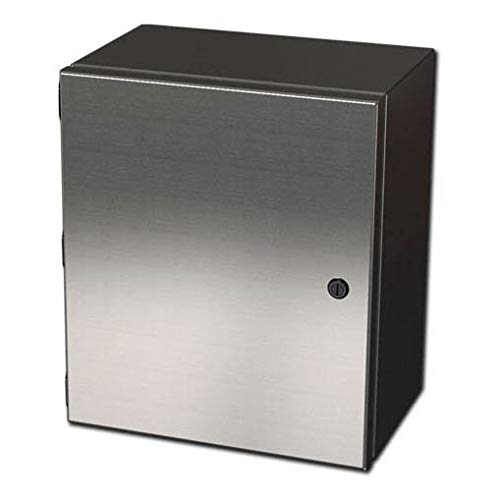 Make a list of the internal components that will be installed on the inside of the enclosure. Understand the amount of heat (wattage) the electronics will produce, as well as the required minimum and maximum operating temperatures. It is important to know if the selected enclosure will be able to dissipate the heat load. Thermal management should be considered for most environments, as proper airflow is vital to keeping electronics ‘cooled down.’ For a recommendation, ask an enclosure specialist to provide a thermal management worksheet. Based on the data provided, a recommendation can be made for cooling and/or heating the enclosure.
Make a list of the internal components that will be installed on the inside of the enclosure. Understand the amount of heat (wattage) the electronics will produce, as well as the required minimum and maximum operating temperatures. It is important to know if the selected enclosure will be able to dissipate the heat load. Thermal management should be considered for most environments, as proper airflow is vital to keeping electronics ‘cooled down.’ For a recommendation, ask an enclosure specialist to provide a thermal management worksheet. Based on the data provided, a recommendation can be made for cooling and/or heating the enclosure.
3. Accessibility
Will you need to access different sides of the enclosure to reach components? For instance, will there be enough space to reach a pertinent wire? Consider how cables or conduit will enter/exit the enclosure and be mindful of the maintenance personnel that will service the electrical enclosure. If the electronics are placed too close together, a routine procedure can turn into an arduous task. Always account for the proper amount of internal space – this will provide room for the proper airflow and access for a technician’s hands. Also, be aware of any obstacles that will reside on the sides, front, top, bottom, or back of the electrical enclosure. This information is also helpful in determining the swing or span of the door.
4. Room to Grow
The smallest or least expensive electrical enclosure is not always the best solution. Although space equates to a lower cost, consider the long-term sustainability and reliability of the equipment. Electronics are ever changing. Does the enclosure provide room to grow? Do not choose a size that provides just enough space to house the current list of electronics. Consider any potential future components that may need to be installed. Remember, if the enclosure is not an adequate size to install a control, the entire system will need to be replaced later. It is never an easy task to change out an enclosure once the components have been installed, so make sure it is correct on the initial installation!
Consider all options for deploying enclosures at your factory or manufacturing facility. Obviously, before installation, weigh all pros and cons. It cannot be stressed enough: homework and research, at the beginning, will greatly decrease the need to replace or repair electronics down the road. Find a solution that will protect and secure your valuable equipment. In turn, purchasing a “cheap” or substandard enclosure can mean downtime and lost money!
HAVE QUESTIONS? LET US KNOW HOW WE CAN BEST ASSIST YOU! CONTACT AN ‘ITSENCLOSURES EXPERT’ AT 1-800-423-9911 -or- SEND US AN EMAIL: INFO@ITSENCLOSURES.COM

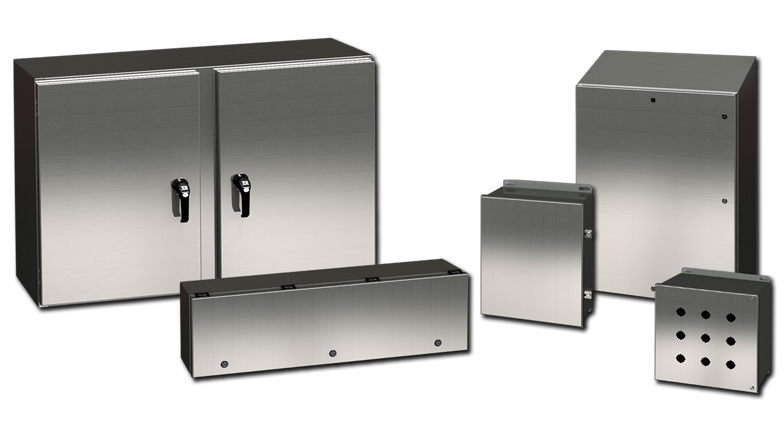
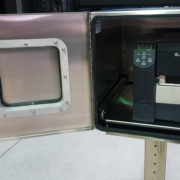 ITSENCLOSURES, 2022
ITSENCLOSURES, 2022 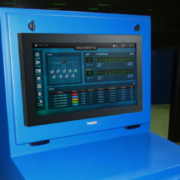
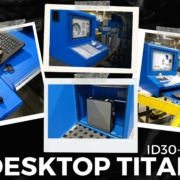 Copyright 2023
Copyright 2023 